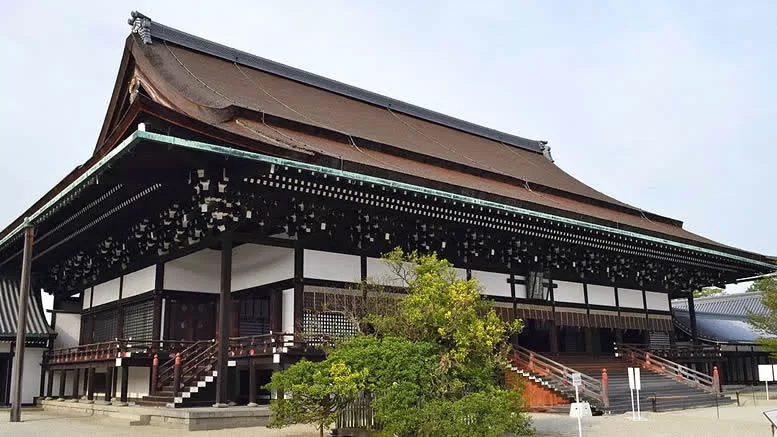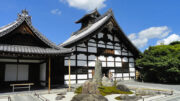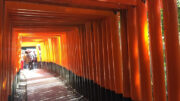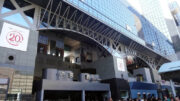The Kyoto Imperial Palace, located in the heart of Kyoto’s expansive Kyoto Gyoen National Garden, stands as a testament to Japan’s imperial heritage and architectural elegance. This historic palace was the primary residence of the Japanese imperial family from 794 until 1868, when the capital was moved to Tokyo.

The Kyoto Imperial Palace, known as Kyōto Goshō in Japanese, has been the site of numerous significant historical events and ceremonies over the centuries. The palace complex, with its graceful wooden structures and meticulously designed gardens, embodies the essence of classical Japanese architecture. The current buildings are a reconstruction from the early 19th century after several fires and renovations over the centuries.
Highlights
The palace grounds cover an area of approximately 1.2 million square meters and feature several key structures:
Shishinden (State Hall): This is the main hall where important state ceremonies, including the enthronement of emperors, were held. Its grand design and elegant interior reflect the palace’s importance as the centre of imperial ceremonies.
Konoe Palace: A smaller, residential building used by the imperial family for private activities. Its serene gardens and traditional architecture offer a glimpse into the royal lifestyle.
Oikeniwa Garden: A beautifully landscaped garden surrounding the palace, with walking paths, ponds, and seasonal flower displays, providing a tranquil escape within the city.
Visitors to the Kyoto Imperial Palace can explore the palace grounds and its surrounding gardens. Guided tours are available and provide detailed insights into the history and significance of the palace. The tours include access to various parts of the palace complex and explanations of the architectural and cultural elements.
While the inner palace grounds are not open to the public, the surrounding gardens and historical sites offer a rich experience of Japan’s imperial heritage. The palace grounds are also a popular spot for seasonal events, such as cherry blossom viewing in spring and autumn leaf viewing.
Visiting the Kyoto Imperial Palace offers a profound experience of Japan’s regal history and architectural beauty, making it a must-see destination for anyone exploring Kyoto.
Nearby Attractions
Kyoto Gyoen National Garden: A vast public park that surrounds the palace, perfect for leisurely strolls and picnics. The garden features traditional Japanese landscaping and is a popular spot for hanami (cherry blossom viewing) and koyo (autumn leaves).
Nijo Castle: A UNESCO World Heritage site and former residence of the shogun, located a short distance from the palace. It offers a fascinating look at the history of Japan’s shogunate era.
Kinkaku-ji (Golden Pavilion): Another must-visit site in Kyoto, known for its stunning golden exterior and beautiful gardens.
Kyoto Imperial Palace East Garden: Located adjacent to the palace, this area is accessible to the public and features well-maintained gardens and historical ruins.
Access Information
The Kyoto Imperial Palace is easily accessible from Kyoto Station:
By Train: Take the Karasuma Line from Kyoto Station to Imadegawa Station. The palace is a short walk from the station.
By Bus: Several city buses stop near the palace. Bus lines 3, 4, and 205 connect to the area.
By Walking: The palace is approximately a 20-minute walk from the downtown area and Kyoto Station.
Admission: Entry to the Kyoto Imperial Palace grounds and gardens is free, but reservations for guided tours are necessary.
Opening Hours: The palace grounds are open to the public from 9:00 AM to 4:00 PM. The gardens are open daily, but the inner palace grounds require advance reservations for guided tours, which are available in English and Japanese.




